Introduction: Continuously Reinforced Concrete Pavement (CRCP)
Continuously reinforced concrete pavement (CRCP) is a specialized type of pavement designed to mitigate the occurrence of major breaks by allowing controlled cracking. While this strategy helps maintain the integrity of the pavement, these small cracks pose a challenge as they can weaken the structure over time. Interestingly, most of these cracks emerge even before the road is open to traffic, and their severity tends to escalate gradually due to the cumulative effects of weather exposure and heavy vehicular loads.
The formation of cracks in CRCPs can be attributed to the accumulation of internal stresses within the concrete. These stresses primarily originate from two main sources: concrete shrinkage during the drying and curing process, and fluctuations in temperature. While drying shrinkage tends to decrease over time, temperature variations persist, making them the predominant cause of stress induced by shrinkage over the pavement’s lifespan. As concrete slabs experience shrinking in all dimensions – width, length, and thickness – due to environmental changes, the resistance provided by the ground below and the embedded steel reinforcement often leads to crack formation, particularly along the slab’s surface.
CRCP shrinkage modeling
In the initial stages of CRCP’s life, a phenomenon known as autogenous shrinkage occurs shortly after concrete pouring. This rapid water uptake by the setting concrete creates tension within the material, increasing the likelihood of crack formation. Proper curing techniques are crucial during this phase to minimize the risk of cracks due to autogenous shrinkage. It is worth noting that autogenous shrinkage primarily affects the concrete itself, resulting in volume changes that impose tension on the surrounding environment due to spatial constraints. (CRCP shrinkage modeling)
Other parameters affect CRCP
Weather conditions play a pivotal role in the early development of CRCP, with temperature and moisture fluctuations exerting significant stress on the concrete structure. Changes in temperature and moisture content can induce expansion or contraction in the concrete, but the presence of reinforcement and underlying ground support restricts these movements, leading to internal stress buildup and potential crack formation. Furthermore, as the concrete continues to dry out over time, the magnitude of stress and susceptibility to crack formation increase.
Daily temperature fluctuations pose additional challenges to CRCP integrity, as the concrete undergoes cyclic expansion and contraction similar in magnitude to those induced by vehicular traffic. These stresses are particularly concerning during the early stages of pavement life when the concrete is still relatively weak. To predict and assess the impact of these temperature-induced stresses, engineers rely on sophisticated computer models. However, accurate modeling requires consideration of various factors such as temperature variations, moisture content, and heat transfer properties of the concrete, which may vary depending on the geographical location of the road construction.
In summary, the behavior of CRCPs is influenced by a myriad of factors, including concrete shrinkage, temperature fluctuations, and environmental conditions. Understanding the complex interplay between these factors is essential for predicting and managing crack formation in CRCPs, thereby ensuring the longevity and performance of highway infrastructure.



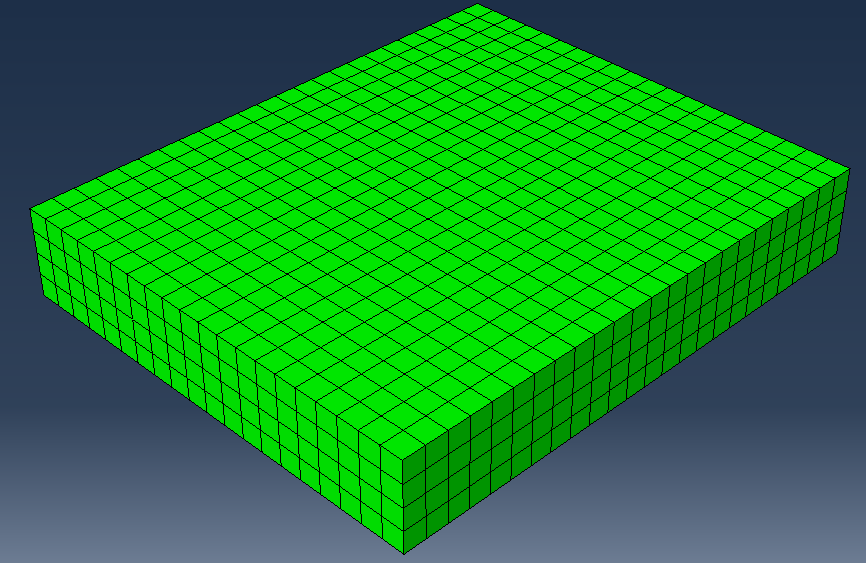
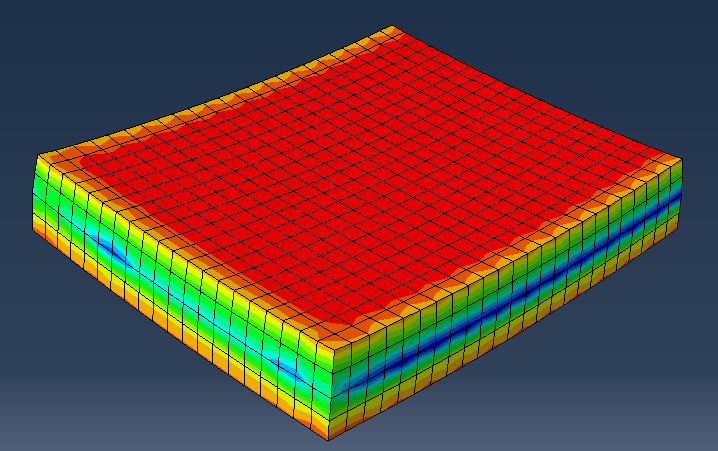
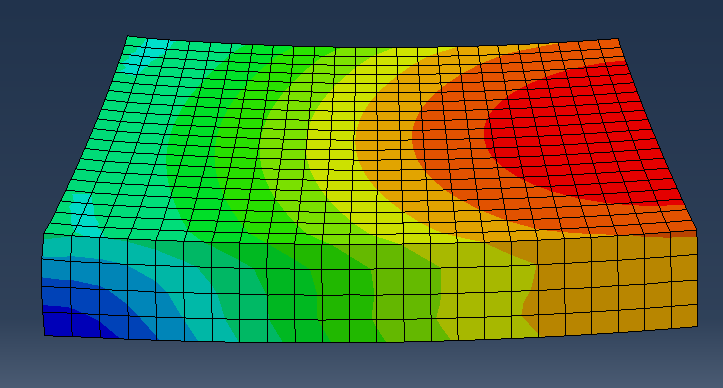
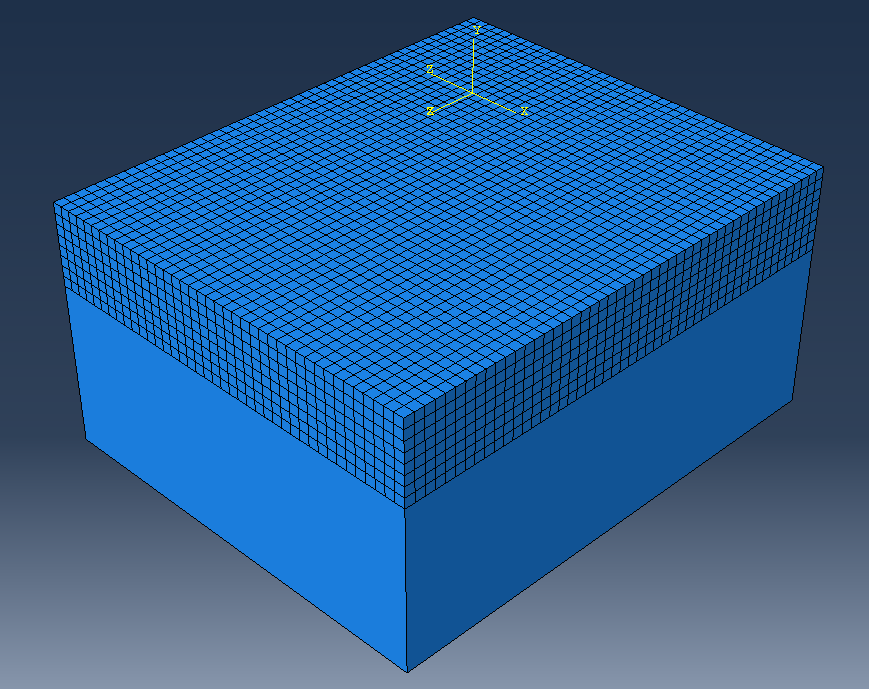
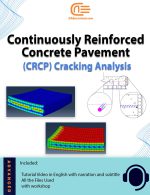





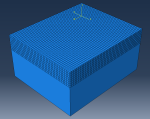











Russo –
Overall, I am very satisfied with the content and training provided in this package. This package has covered the subject of modeling and analysis of continuously reinforced concrete pavement (CRCP) in a comprehensive and specialized manner. This approach really gave me a deep understanding of how cracks form and develop in CRCP.
The provision of Fortran and Python source code files for implementing the model has enabled me to customize and further develop the model.
Experts Of CAE Assistant Group –
Thanks for your review!